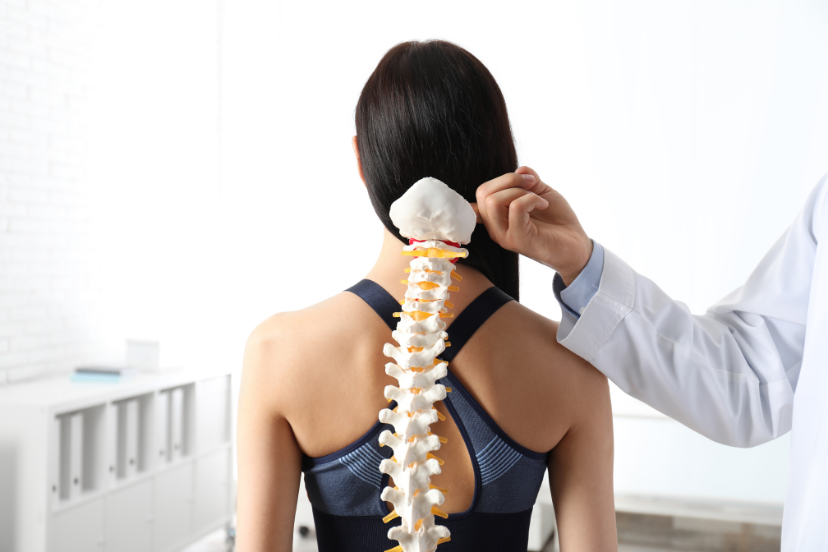Why is Osteoporosis More Common in Females?
Introduction
So, Why is Osteoporosis More Common in Females? Hey there, bone enthusiasts! Today, we’re diving deep into the intricate world of osteoporosis, a condition that seems to have a penchant for affecting females more than their male counterparts. So, buckle up as we embark on a bone-chilling journey to understand why osteoporosis is more prevalent in the fairer sex.
Why is Osteoporosis More Common in Females?
Hormonal Havoc: The Estrogen Effect
In the intricate dance of hormones within the female body, estrogen plays a starring role. As women age, especially
during menopause, estrogen levels take a plunge. This hormonal rollercoaster contributes significantly to the
onset of osteoporosis. Estrogen, a bone’s best friend, helps regulate bone turnover, and when it exits the
stage, bones can become more porous and prone to fractures.
Peak Bone Mass: A Gendered Affair
Building a robust bone bank early in life is crucial for preventing osteoporosis later on. Sadly, women typically
reach their peak bone mass in their late teens or early twenties, while men continue to accrue bone density
into their late twenties. This head start for men in the bone density race makes females more susceptible to
osteoporosis as they age.
Size Matters: The Frame Factor
In the world of bone health, size does matter. Women, on average, have smaller and lighter skeletons than men.
This petite frame means there’s less bone mass to draw from, making the impact of bone loss more noticeable
and potentially severe for women.
Lifestyle Choices: Breaking Bad Habits
It’s no secret that lifestyle choices play a pivotal role in bone health. Women, often juggling myriad
responsibilities, may inadvertently neglect factors crucial for bone strength. From inadequate calcium intake to
a lack of weight-bearing exercises, these lifestyle choices can tip the scales in favor of osteoporosis.
Age’s Relentless March: A Common Foe
Time spares no one, and as the candles on the birthday cake increase, so does the risk of osteoporosis. Women,
who typically live longer than men, face an extended period of bone wear and tear, making them more susceptible
to fractures and breaks.
FAQs: Your Burning Questions Answered
1. Is Osteoporosis Exclusive to Women?
No, but it does disproportionately affect them. Men can and do develop osteoporosis, but at a lower rate than
women.
2. Can Osteoporosis be Prevented?
Yes, to a certain extent. Healthy lifestyle choices, including a balanced diet and regular exercise, can
significantly reduce the risk of osteoporosis.
3. Does Hormone Replacement Therapy Help?
For some women, hormone replacement therapy (HRT) can be beneficial in maintaining bone density, but it comes with its own set of risks and considerations.
4. Are Certain Women More Prone to Osteoporosis?
Yes, women with a family history of osteoporosis, those of Caucasian or Asian descent, and those with a petite
frame are at a higher risk.
5. Can Osteoporosis be Reversed?
While bone density loss is irreversible, adopting a bone-friendly lifestyle can slow down its progression and
reduce the risk of fractures.
6. What Role Does Vitamin D Play?
Vitamin D is crucial for calcium absorption, a cornerstone of bone health. Ensuring an adequate vitamin D level
through sunlight exposure or supplements is vital.
Conclusion: Navigating the Bone Battlefield
In the intricate interplay of genetics, hormones, and lifestyle, osteoporosis has found its favored ground in
females. Understanding the “why” equips us with the knowledge to navigate the bone battlefield. So, ladies,
let’s stand tall and strong, armed with information to defy the odds and keep our bones robust for years to
come.
In the grand scheme of bone health, knowledge is power, and now you’re armed to the teeth with insights into why
osteoporosis is more common in females. Stay bone-strong, stay informed!




